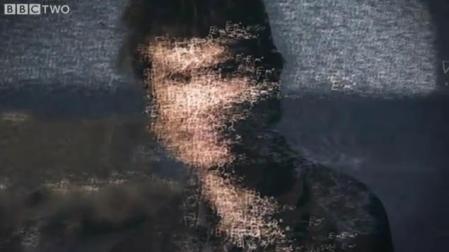As the Large Hadron Collider once again cools down ready for its 2011 startup in February, the collider directorate are at Chamonix to discuss how they will operate in 2011 and beyond. The presentation slides for the 5 day meeting that started yesterday are being put online as the week progresses. Most of these are technical discussions of limited interest to an outsider but a couple at least are worth looking at.
The opening talk was about how the teams from the detector side saw the progress during 2010. The message is mixed with obvious pleasure that the main luminosity goal was exceeded at the end of the years run, but also some frustration at just how slow the build-up process was. For example they ask why 100/pb could not have been collected rather than 45/pb. In fact 100/pb could easily have been collected either by pushing the build-up of luminosity faster, or simply by doing more physics runs after the target luminosity was met. However, the beam directorate decided to use the time to try out bunch trains with shorter gaps between. This gave them valuable information about limitation factors that are essential to making the decisions about how to run the machine this year. However, the main message from the detectors seems to be that they would like things to move much quicker this year.
The most significant decisions that need to be made before the collider starts up are what energy to run at, and what bunch separation to use. The currently favoured energy for 2011 is 8TeV compared with 7TeV last year. This may not look like a big difference but in fact it provides a significant increase in production rates for heavy particles. For example, it will mean 40% more Top quarks produced. That will be very important because some of the most promising signals for new physics seen at the Tevatron require top production. The improvements in sensitivity for heavier SUSY particles is even better. A talk this evening on the LHC potential will give all the detailed analysis. That will be followed by other talks that consider the operational consequences and risks of running with energies of 8Tev, 9TeV or even 10 TeV, but the conclusion is likely to be that anything above 8 TeV is too risky.
How much luminosity will they collect next year? 1/fb is still the official target and 1/fb-3/fb is the official estimate, but some people are thinking optimistically about up to 5/fb . It depends on factors such as the bunch separation they will use. This is likely to be 75ns comapred to last year’s 150ns. 50ns was tried last year but found to produce too many side effects.
The next decision will be whether or not to continue the 2011 run into 2012. That would provide much more data, probably enough to get first postive observations of the Higgs sector. But the longer run would delay the upgrade to the full 14TeV. It would also make components more radioactive which is bad news for the engineers who have to carry out the upgrade. The directorate announced earlier that it was in favour of the longer run but the technicalities may get in the way. It’s a tough call.
Update 28-Jan-2011: With the Chamonix conference drawing to a close the proposal is that the LHC will run at 3.5TeV during 2011, not 4 TeV as hoped. However, the physics runs will continue into 2012 and it is hoped that after the normal end-of-year break they will be able to increase the energy for 2012 to “Hopefully higher than 4TeV”.
The 4TeV energy was seen as too much of a risk in exchange for the extra physics it will produce for 2011. Thermal amplifier development during 2011 could make the higher energies possible during 2012. The target integrated luminosity remains at 1/fb per experiment, but estimates put the actual figure at about 3/fb. This depends very much on how quickly they can recommission the beam and how efficiently they can run during the rest of the year.



 Posted by Phi G
Posted by Phi G 
